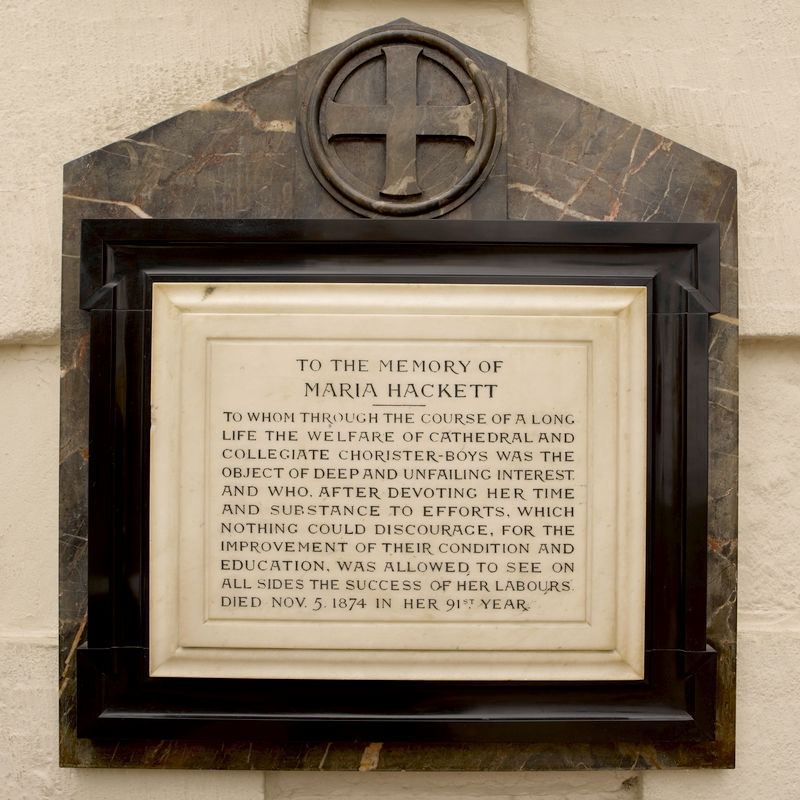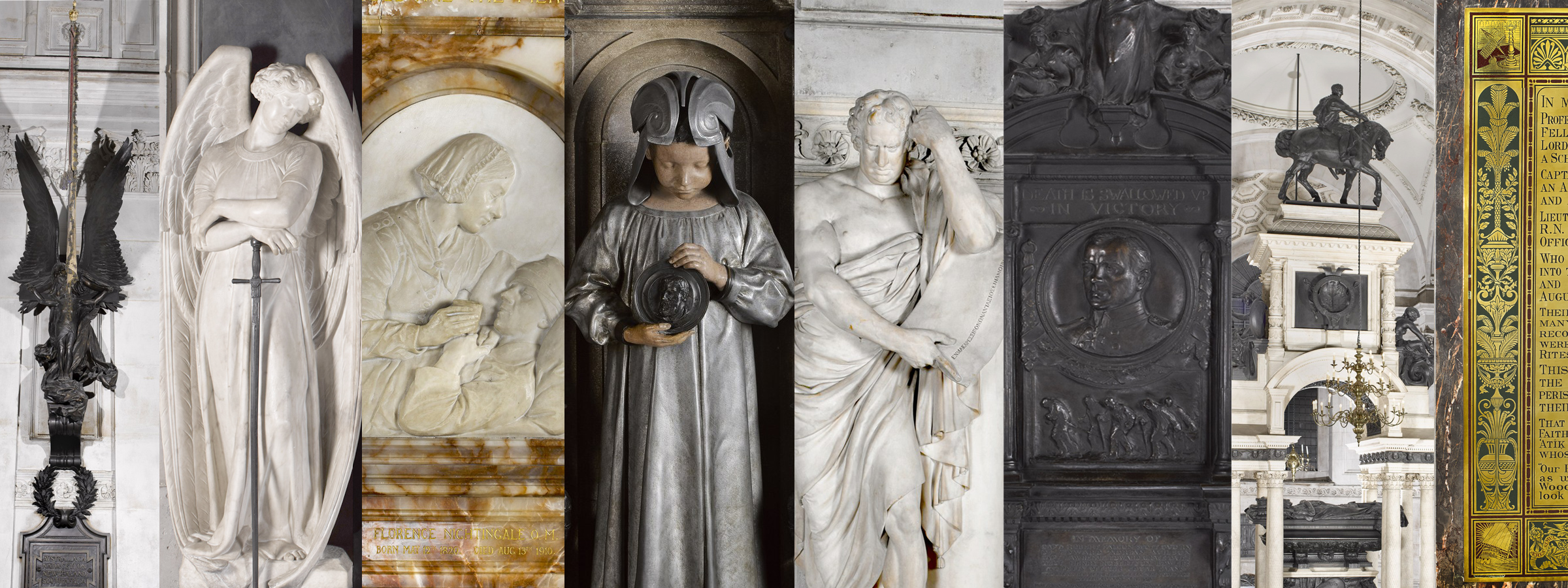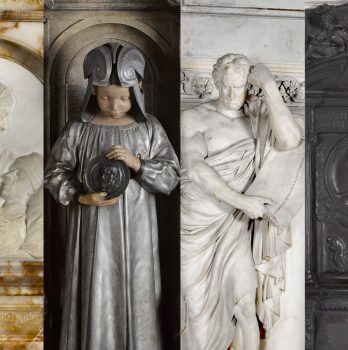‘Maria Hackett, The Chorister’s Friend’: Performance Poet Jay Hulme’s Response to the Memorial to Maria Hackett (1877)


Maria Hackett, The Chorister’s Friend
by Jay Hulme
In the nave there’s statues; marble carved and white,
a gallery of gallantry and lives spent “right”.
Ministers and missionaries, soldiers to a cause,
men in grecian loincloths, caught in lion’s claws.
But down beneath our footsteps in the chaos of the crypt,
somewhere between plaque eighteen and two hundred and six,
tucked upon a pillar, forever facing east,
a simple cross upon a stone with lettering beneath.
The things it says are many, but also not enough –
Maria came from Birmingham and shook the churches up.
Ignored by the Bishop, the Canons, and the Dean,
she called out the clergy, she made quite a scene.
The problems that she witnessed were grievous indeed:
mistreatment of the choristers, children oft in need.
So in her fight she changed it all – the woman changed the church,
she called for exploitation’s end, and never stopped her search
for the protection of these children, for education, and for care,
she saw the change around herself and didn’t stop there –
She travelled ‘cross the country, ever on the hunt
for wrongs done to choristers she needed to confront.
And when she died aged ninety (though the plaque says ninety-one),
she ended with her final breath the most important song;
the final note of life well spent slipped into the air,
and God reached out to meet her, to gather her with care.
For though Maria’s life has stopped her impact still remains,
in every choir in the land, she echoes in the strains
of song that falls from every tongue, each chorister unknowing
sings in praise of Christ our Lord, with joy that is still owing
to the efforts of Maria, who cared enough to fight
for children in the choirs, for the church to do it right,
so though the plaque is tiny and lost among the throng
her memorial is not just this – it’s every choir’s song.
Maria Hackett changed the church, starting with St Paul’s,
and in her travels and campaigns, she helped to change them all.
Her memory is linked with song, a song that never ends,
beside angelic choirs stands ‘The Chorister’s Friend’.
About Jay Hulme
Jay Hulme is an award-winning transgender poet, performer, speaker and educator from Leicester. Alongside his writing, he teaches poetry, works to raise awareness of LGBT rights and inclusion, and performs sensitivity reads on manuscripts. He is currently Poet in Residence at ‘The Poets’ Church’, St Giles’ in the Fields.
Jay writes for all ages, from small children to adults, and enjoys keeping people guessing as to what he’ll be writing next.
When he’s not working he enjoys exploring old buildings, especially churches. As you read this he’s probably standing on top of a church tower, just taking in the view.
Visit Jay’s website and find him on Twitter and Instagram
About the Monument
One of the few monuments in St Paul’s Cathedral that commemorates a woman, the simple, anonymously made wall panel in memory of Maria Hackett (1783–1874) is easily overlooked while visiting the crypt . However, it represents a conspicuous shift in the treatment and education of the cathedral’s choristers over her long lifetime. Beginning with St Paul’s, Maria devoted her life to campaigning for —and funding—improvements in the well-being and education of cathedral choristers throughout Britain. She became known as ‘the chorister’s friend’ and upon her death at the age of 90, choristers from across the land came together to fund the memorial.
In addition, Maria published, among other things, a guidebook to St Paul’s that ran into many editions: A Popular Description of St. Paul’s Cathedral: Including a Brief History of the Old and New Cathedral: With Explanations of the Monumental Designs (1828).


